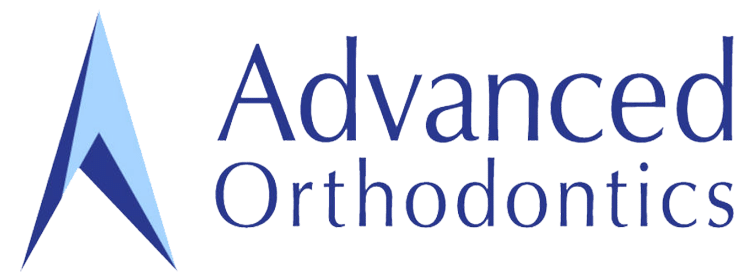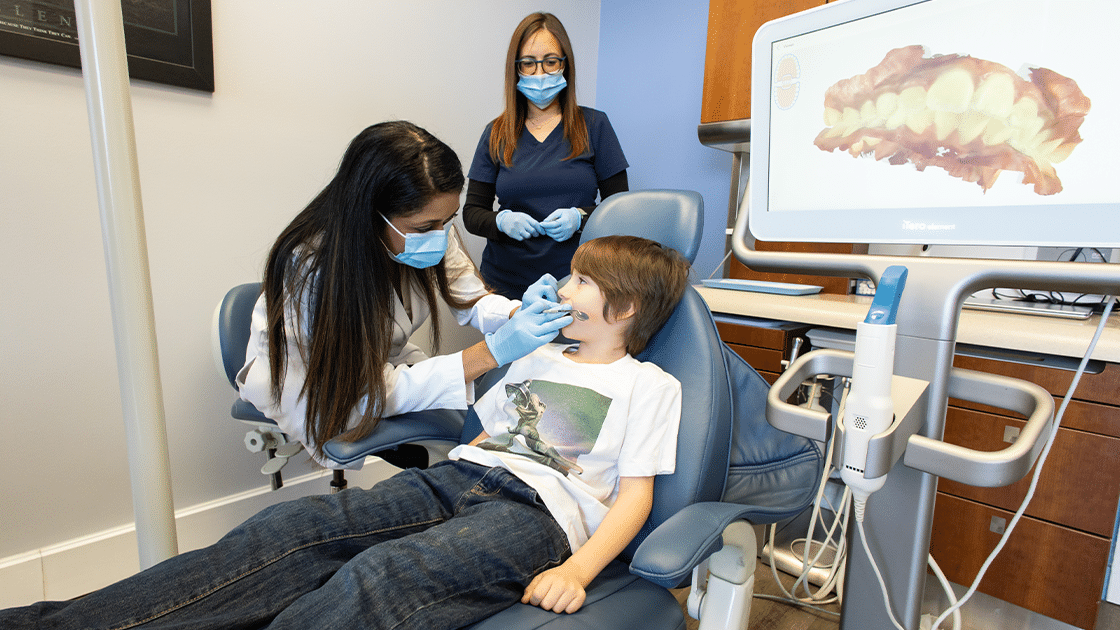Early interceptive treatment starts while children still have most of their baby teeth. It aims to guide the teeth and jaws to correct and prevent future orthodontic issues. Early treatment often sets the stage for adolescent braces, ensuring more straightforward treatment and better results.
The American Association of Orthodontics strongly recommends that every child visit a qualified orthodontist by age seven to determine whether they need early intervention. Most pediatric dentists work closely with orthodontists and can also refer children needing treatment.
- Correct dental and jaw development before it can interfere with the eruption of permanent teeth
- Makes later orthodontic treatment faster and easier
- Minimizing bite problems like overbite, underbite, and crossbite
- Stops unwanted habits like thumb sucking, mouth breathing, incorrect swallowing, and tongue thrusting that can negatively impact tooth alignment and facial growth
- Improves airway and helps children sleep better at night
- Corrects facial growth patterns to create a more aesthetically pleasing smile
At our Canton, MI office, early interceptive orthodontics is the foundation for long-term oral health and a beautiful smile. Dr. Ritu Singh specializes in orthodontic treatment that begins with early intervention—addressing the relationship between baby teeth and incoming adult teeth to guide proper development. Our practice combines advanced orthodontics, the iTero intraoral scanner, and a range of orthodontic care options like traditional metal braces, ceramic braces, and clear aligners to fit each patient’s needs. Backed by the American Association and the American Board, our orthodontists and entire team are committed to helping kids and adult patients achieve confident, healthy smiles.
With a focus on dental medicine and a deep understanding of how age, appearance, and health impact care, we customize every phase of orthodontics to support lifelong wellness. As proud members of the Michigan Association, we believe that orthodontic care should be comfortable, effective, and centered on each patient’s goals. From braces to tooth extractions, our office is here to deliver expert care you can trust—because at every age, your smile matters.



